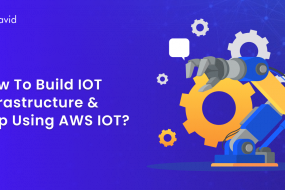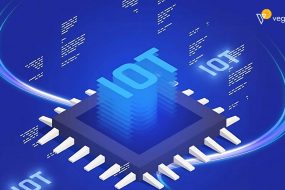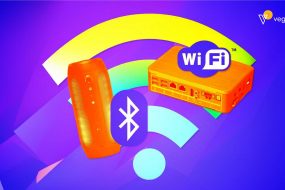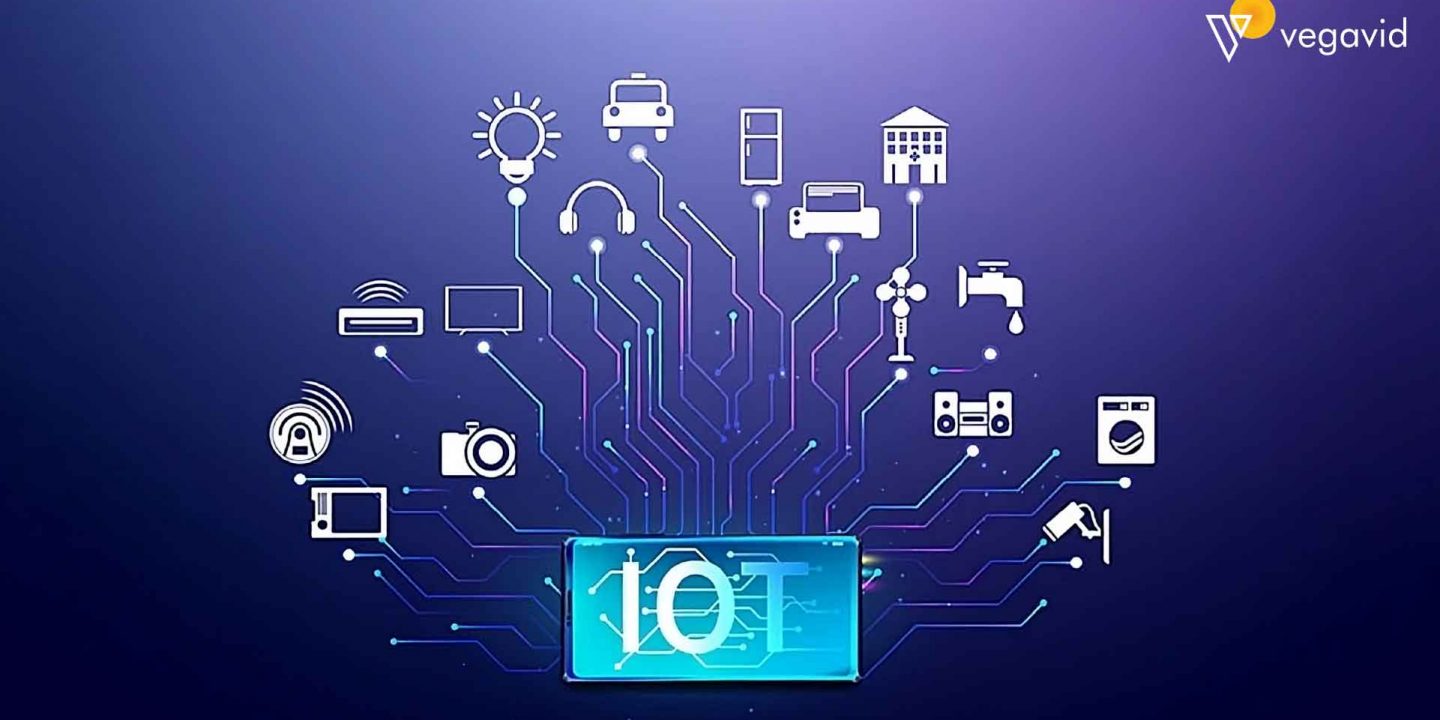
The rise of the Internet of Things has ushered in an era of connected devices that generate massive amounts of data. But this immense connectivity also comes with challenges in effectively managing the vast network of devices from a central point. Remote IoT device management involves the ability to monitor, configure, update, and troubleshoot connected devices through a centralized platform.
This blog discusses everything you need to know about IoT device management, including what it is, the major challenges, how to implement it effectively, and the significance of IoT security.
What is the Internet of Things?
The Internet of Things refers to the vast network of physical devices, vehicles, and everyday objects embedded with sensors, software, and other technologies that connect and exchange data with other devices and systems over the Internet. IoT devices range from thermostats and wearables to industrial machines and home appliances. With recent advancements in technologies like wireless communication, micro-electro-mechanical systems, and cloud infrastructure, the number of internet-connected devices is rapidly increasing. The IoT enables devices to be monitored and controlled remotely across existing network infrastructure.
IoT devices can collect data and share that data within an IoT system which can be used by various applications to automate processes, improve efficiency, and reduce human intervention. Effective IoT system management ensures that all the connected devices within an IoT ecosystem operate seamlessly, reliably, and securely to deliver their intended purpose and provide useful insights from the data captured.
What is Remote IoT Device Management?
Remote IoT device management refers to the ability to monitor, configure, update, and troubleshoot IoT devices from a centralized platform without having to be physically present near the device.
This management is typically enabled through cloud-based platforms, edge gateways, or dedicated IoT device management software.
Why Is Remote IoT Device Management Important?
IoT devices are often deployed in hard-to-reach, large-scale, or mission-critical environments—like oil rigs, smart farms, retail chains, and transportation systems. Without remote access and control, device maintenance becomes inefficient, expensive, and prone to failure.
Here’s why it matters:
- Reduces operational costs by minimizing manual visits
- Improves device uptime and reliability
- Enables real-time monitoring and diagnostics
- Ensures security with firmware updates and patches
- Supports scalability for thousands of devices
Key Features of a Remote IoT Device Management System
To manage IoT devices effectively, your platform should offer the following features:
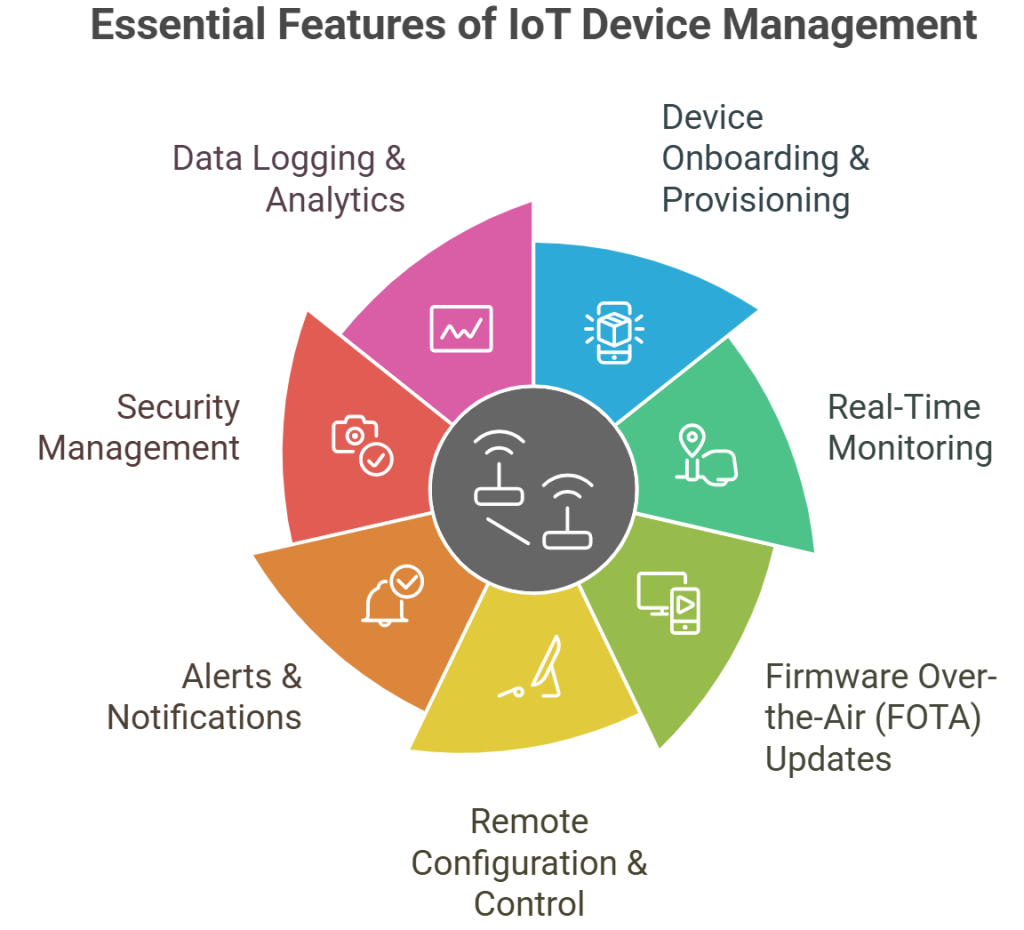
Challenges of Managing IoT Devices
Here are the major challenges of managing IoT devices:
Security
Security is one of the biggest challenges in IoT device management. Many IoT devices are shipped with default passwords, have poor encryption, and lack basic security features like firewalls, intrusion detection, and automatic updates. This makes them vulnerable to exploits, malware, data breach, and hijacking. Once compromised, an individual IoT device can be used as a gateway to infiltrate the larger network.
IoT security must be addressed at all stages from device design and manufacturing to deployment and ongoing management. Techniques like secure boot, authentication, encryption, segmentation, identity management, anomaly detection, and network monitoring must be implemented and continuously updated. Device and network data should also be regularly backed up in case of ransomware attacks. Proper IoT security policies and training of personnel are essential to avoid threats and breaches.
Network Reliability
Network reliability is crucial for effective IoT device management. Since most IoT devices connect and communicate wirelessly, they rely on cellular, WiFi, and low-power networks like Bluetooth and ZigBee. However, these networks are prone to interference, congestion, signal degradation, and other factors that can cause interruptions, packet drops, and delays. For mission-critical applications, network downtime and instability are simply not an option.
Providing consistent and robust connectivity to IoT devices requires technologies like mesh networking, Low-latency networks, Network function virtualization, Private LTE/5G networks and Self-organizing networks. Device managers must also ensure that IoT devices have robust radios and firmware, use multiple network interfaces where possible, employ aggressive reconnection policies, and incorporate local data storage and processing to mitigate the impact of network outages.
Privacy
Devices like smart home assistants, wearables, and connected vehicles can track users’ locations, health metrics, activities, conversations, and personal preferences. If this data falls into the wrong hands, it could be used for marketing, fraud, and even physical harm. IoT device managers must implement policies and technologies to protect user privacy. This includes encrypting data in transit and at rest, limiting data collection to only what is necessary, anonymizing personal data where possible, and obtaining user consent before gathering and sharing information. It helps in allowing users to view, delete, and opt out of data sharing, notifying users of any data breaches, and restricting data access to authorized personnel only. IoT devices should also have a “privacy mode” to temporarily limit data collection. Through responsible data management practices, IoT deployments can minimize privacy risks and maintain user trust.
Power, Storage, and Resources Utilization
Since many IoT devices operate autonomously for extended periods, efficiently managing their limited power, storage, and processing resources is critical. Battery life is a major constraint for most wireless sensors and actuators, so optimizing power consumption through techniques like duty cycling, low-power modes, and energy harvesting is important. Storage limitations also mean that IoT devices need to intelligently decide what data to collect, analyze locally, and transmit to the cloud.
Edge computing and local analytics can help reduce the data that needs to be sent over resource-intensive networks. Network bandwidth and radio spectrum are also finite resources that IoT deployments must utilize carefully. Optimization algorithms, machine learning, and predictive modeling can help IoT devices make better decisions about resource usage to extend their lifespan and improve performance within operational and budgetary constraints.
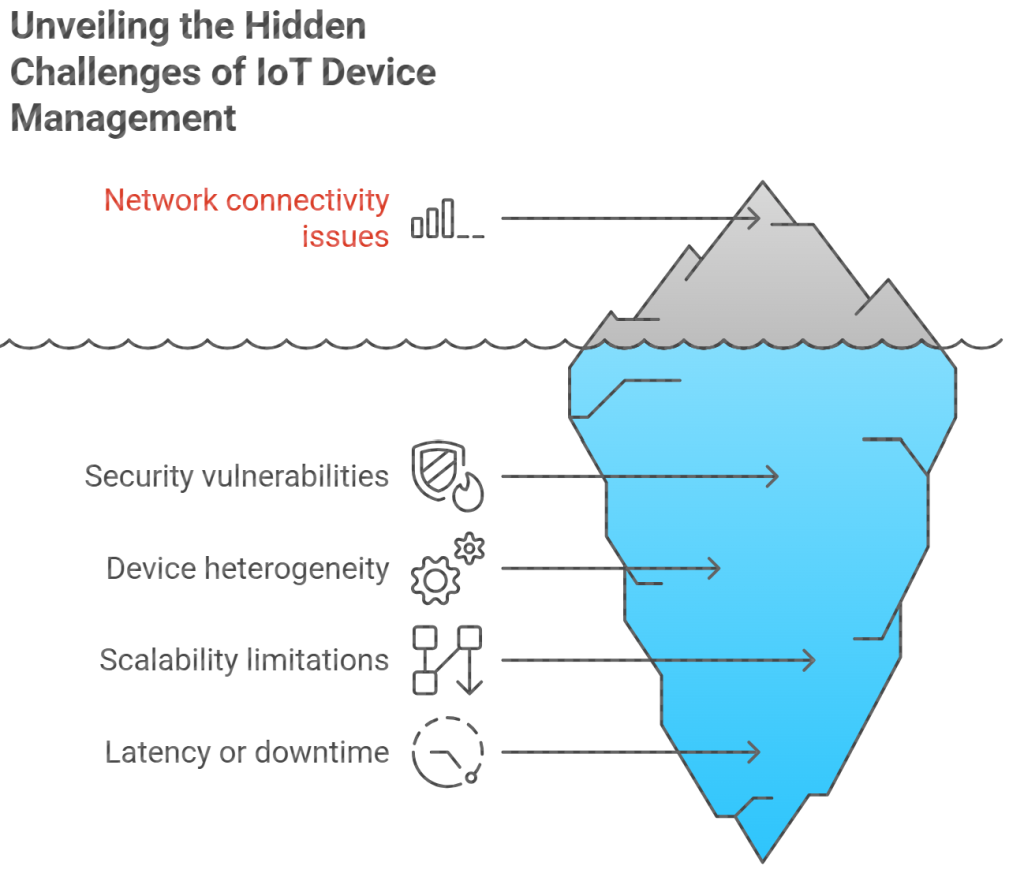
How to Manage IoT Devices?
Here are some ways to effectively manage IoT devices:
- Use an IoT management platform. A centralized management platform allows you to monitor, configure, update, and troubleshoot all your IoT devices from a single console.
- Implement device authentication. Require all devices to authenticate before connecting to the network to prevent unauthorized access.
- Enforce network segmentation. Separate IoT devices into secure network segments to contain threats and limit damage.
- Deploy firmware updates regularly. Keep devices up to date with the latest firmware releases to fix bugs, improve performance, and patch security vulnerabilities.
- Monitor device health and activity. Continuously track metrics like uptime, network traffic, throughput, resource utilization, data usage, and errors to detect issues early.
- Set up alert policies. Configure alert thresholds and notifications for important events and exceptions to respond promptly.
- Back up device data. Regularly back up data generated and stored by IoT devices to the cloud in case of device failure or data loss.
- Restrict data access. Only grant necessary data access privileges to authorized users and applications.
- Encrypt data in transit and at rest. Ensure all data transmitted and stored by devices is encrypted with strong algorithms.
- Implement the device retirement process. Have a plan to retire outdated or non-functioning devices securely and responsibly.
The Significance of IoT Security
The security of IoT devices and networks is critically important for the following reasons:
- Data Protection – IoT devices collect and transmit vast amounts of sensitive data. Proper security is needed to protect this data from unauthorized access, theft, or modification.
- Privacy – User privacy is at risk if IoT device data is exposed or mishandled. Security measures help ensure data privacy and compliance with regulations.
- Device Integrity – IoT devices can be hijacked or compromised to interfere with critical infrastructure, cause physical damage, or impact public safety. Security prevents unauthorized control of devices.
- Network Stability – Unauthorized access to an IoT network can disrupt service, data corruption, and operational issues. Security protects the stability of the entire network.
- Reputation – Data breaches and security incidents involving IoT devices can damage an organization’s reputation, trust, and brand value. Adequate security helps avoid such consequences.
- Liability – Failure to secure IoT devices and data properly may result in legal liability, financial penalties, and loss of customer confidence.
- Long-Term Viability – Security issues pose an existential threat to the future of the IoT. Implementing proper security measures is essential for widespread adoption and growth.
- Cost Effectiveness – While security features require an upfront investment, they help avoid the higher costs of data breaches, network downtime, liability suits, and loss of customer trust.
Overall, strong security is a foundational requirement for successfully managing IoT devices, networks, data, and users over the long term. Security must be built in from the design phase through the entire lifecycle of IoT deployments.
Conclusion
Proper remote management of IoT devices is essential for organizations to scale deployments successfully, optimize performance, minimize costs and downtime, gain insights from data, and boost security. An integrated IoT device management strategy that addresses technology, processes, policies, and personnel can help organizations reap the full benefits of their connected devices while mitigating the risks.
As the Internet of Things continues to evolve and permeate more aspects of our lives, robust IoT device management will become even more crucial to realizing the true potential of this transformative technology.
Ready to Take Control of Your IoT Devices?
Talk to our experts at Vegavid and explore how our remote IoT device management solutions can reduce costs, increase uptime, and help you scale with confidence.








